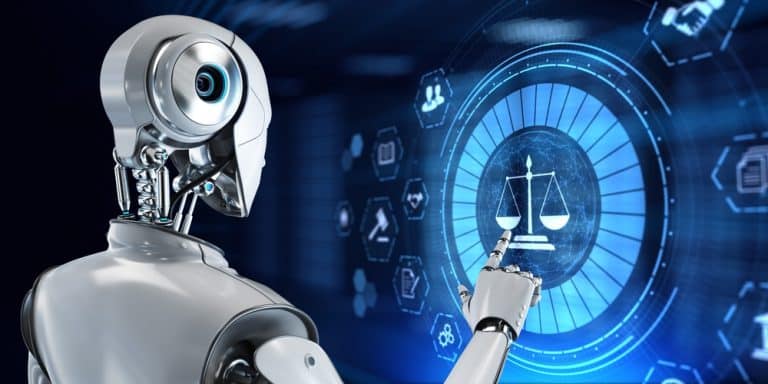Written by Cyber Security Expert, Dustin S. Sachs
Artificial intelligence (AI) technology, like ChatGPT, has recently been discussed in Congress. People are worried about the potential risks of AI, such as generating harmful content, spreading false information, and using manipulative tactics. Because of these concerns, there is a movement calling for regulations on AI. These debates have made the public more aware of AI's risks and encouraged people to be cautious and skeptical when using AI systems. The calls for regulation show that we need guidelines to minimize harm, but figuring out the right way to regulate AI is a complex challenge. The decisions made during these discussions will shape how we use AI in the future.
Divorce is a complicated process that requires cooperation and agreement between both parties. AI has introduced new ways to improve the legal profession, including collaborative divorce. However, we must know the risks of using AI and how to deal with them. In this article, we will explore the benefits of AI in collaborative divorce and discuss how to use it responsibly.
The Benefits of AI in Collaborative Divorce
- Simplified Document Management: AI-powered tools can help lawyers analyze and organize legal documents, like financial records and custody agreements. This makes the process easier, allowing lawyers to focus more on guiding their clients than on administrative tasks.
- Informed Decision-Making: AI algorithms can extract important insights from complex data, helping lawyers evaluate different settlement options. By considering financial factors, child custody arrangements, and other relevant information, AI can provide objective recommendations to support well-informed decisions during negotiations.
- Predicting Outcomes: AI can use past divorce case data to predict potential outcomes based on specific circumstances. This helps couples understand the consequences of their choices, such as property division, spousal support, and child custody, empowering them to make informed decisions.
- Improved Communication: AI-powered chatbots can facilitate communication between divorcing couples by providing neutral information and answering common questions. These virtual assistants can guide individuals through the divorce process, reducing the need for the constant involvement of attorneys.
- Resolving Disputes: AI algorithms can identify areas of disagreement and suggest alternative solutions, promoting collaborative problem-solving. By analyzing patterns and legal precedents, AI can help couples find common ground and reduce the likelihood of prolonged disputes.
Risks Associated with AI in Collaborative Divorce
- Privacy and Data Security: AI deals with sensitive personal and financial information, so it's important to ensure strong data protection measures, like encryption and secure storage, to keep client information confidential.
- Fairness and Bias: AI algorithms learn from historical data, which may reflect societal biases. To avoid unfair outcomes, it's important to regularly check and update AI models to address and minimize any potential biases.
- Emotional Understanding: Divorce involves complex emotions, and AI may have trouble understanding and responding appropriately to individual needs. Human professionals should still provide emotional support to ensure empathy and understanding during this difficult process.
Addressing the Risks
- Ethical AI Development: Collaboration between legal professionals and AI developers is crucial to ensure the ethical development and use of AI technologies. This means prioritizing fairness, transparency, and accountability and actively working to reduce biases that may come from AI algorithms.
- Oversight and Monitoring: Regular monitoring and auditing of AI systems can help identify and address biases or unintended consequences. This ensures that AI remains a tool to support human decision-making rather than replacing it entirely.
- Human-Centered Approach: While AI can make things more efficient and provide insights, it should be used alongside human professionals who offer emotional support, empathy, and personalized legal advice tailored to each case. Human lawyers play a crucial role in interpreting AI-generated recommendations and facilitating meaningful dialogue between parties.
- Informed Consent and Transparency: People going through a divorce should be informed about the use of AI and understand how it may affect their case. Open communication about AI technologies' limitations, risks, and benefits allows individuals to make informed decisions and actively participate in the collaborative process.
AI offers significant opportunities to make the collaborative divorce process more efficient and fair. AI can support well-informed decision-making and streamline communication by automating document management, providing data-driven insights, and assisting in resolving disputes. However, it's important to address the risks associated with AI, such as privacy concerns, biases, and the need for emotional understanding. By following ethical guidelines, monitoring AI systems, and maintaining a human-centered approach, legal professionals can effectively use AI while prioritizing the well-being and best interests of those going through a collaborative divorce.



